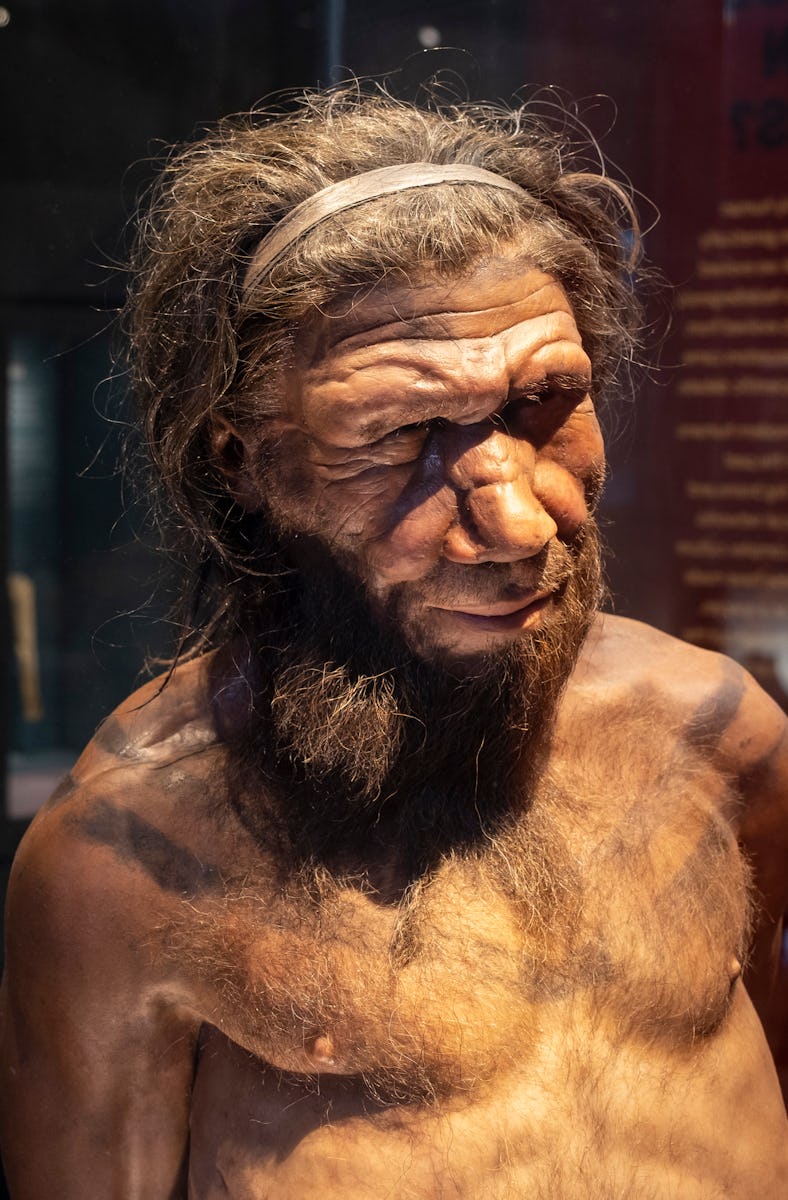“Viking Disease” Might Have Actually Come From This Ancient Human Cousin
Our kissing cousins appear to have given us the gene variants for developing Dupuytren’s contracture.

When the Vikings raided the isles of Northern Europe, they left in their wake a crippling hand condition. Officially called Dupuytren’s contracture after the French surgeon who discovered it in 1831, it's often dubbed the “Viking disease” after the infamous Scandinavians who introduced it. But new genetic evidence suggests the real culprit is a far more distant cousin — our kissing cousins, the Neanderthals.
In a study published Wednesday in the journal Molecular Biology and Evolution, researchers at the Karolinska Institutet in Sweden combed through over 7,800 individual genomes collected from three biobanks in the US, UK, and Finland. They found 61 genes associated with Dupuytren’s contracture, three of which appeared Neanderthal in origin and may be involved in disease susceptibility.
“This is a case where the meeting with Neanderthals has affected who suffers from [the] illness,” Hugo Zeberg, study lead and assistant professor at the Karolinska Institutet, said in a press release.
Dupuytren’s contracture results in a build-up of scar tissue in the hand from inflammation, which causes the fingers to bend permanently. The condition is largely considered genetic — more common in people of Northern European descent — but other factors like alcohol and tobacco use, diabetes, age, and sex (men being three times more likely) also appear to contribute to one’s chance of developing the disease.
Two of the three Dupuytren’s causing genes inherited from Neanderthals — EPDR1 on chromosome seven and rs652483 on chromosome eight — confer the second and third major susceptibility risk factors compared to all other genes studied, according to the study.
As the contracture part of the name suggests, Dupuytren’s can be quite painful as the scar tissue grows into lumps that can be felt in the palms, tightening to form strong cords that contract and pull one or more fingers. Until patients reach that stage where the fingers start to bend, there’s otherwise no effective way to treat Dupuytren’s contracture early. Hand surgery to cut up and remove the scar tissue remains the only treatment option, although adalimumab, a drug for rheumatoid arthritis and Crohn’s disease, is being tested out.
There’s hope these new genetic insights will help us better understand this mysterious disease and how exactly our early encounters with Neanderthals are still influencing our health today.